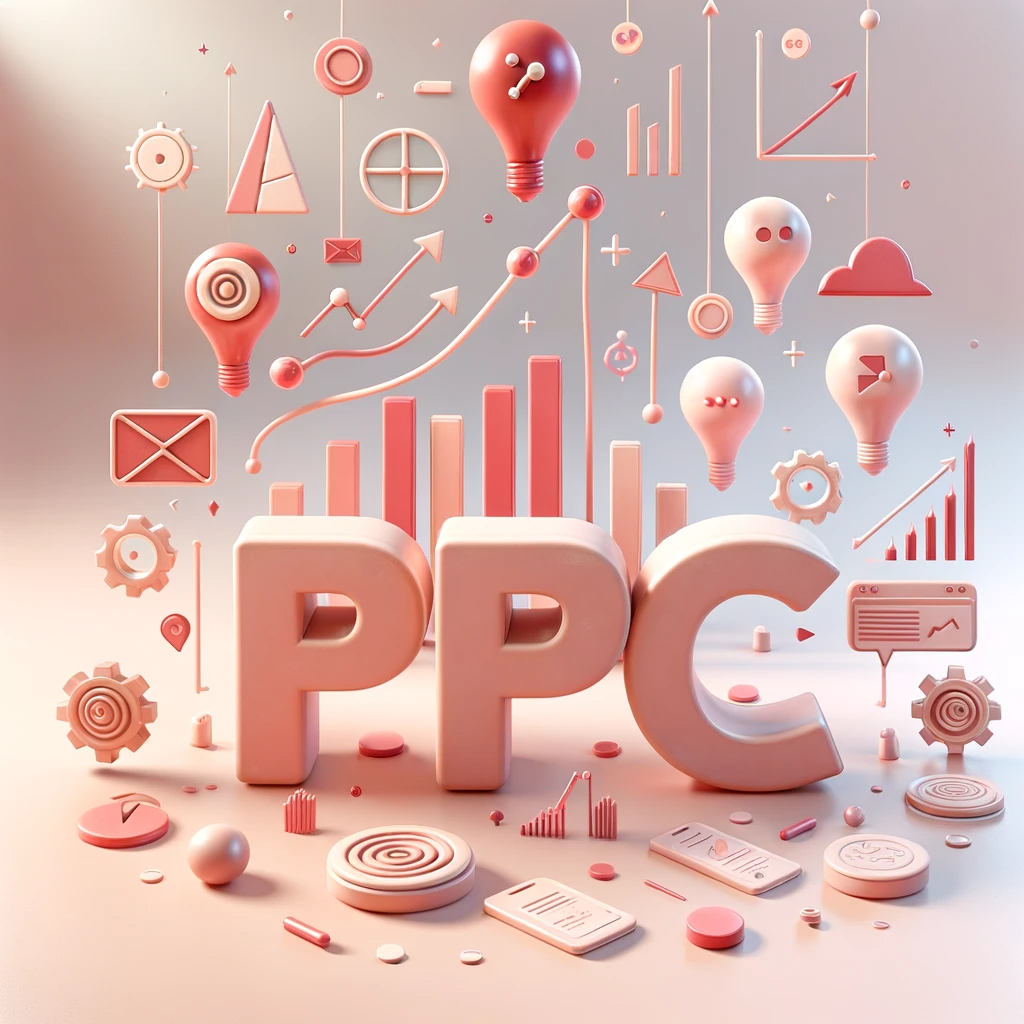PPC can be an extremely effective and powerful marketing method if set up and managed correctly. Unfortunately, consumers don’t see all the behind-the-scenes work you’ve put in. All they see are your ads, so they best be good!
High quality, relevant PPC ads have a lower cost per clicks and higher click-through rates than lower quality ads. This should further encourage you to write the best ads possible.
This guide is for you if:
- Your PPC campaign has been running for a while but users just don’t seem to be engaging with your ads
- You are thinking of setting up a paid campaign but want to create the best ads possible
- Your competitors’ ads are better than yours
- You’ve not used Google AdWords in a while and now there’s a whole new interface to navigate
Strong Headlines
Your headlines are the first thing that catches the user’s eye, so make it count. Don’t just use a generic headline, be creative and stand out – that’s how you get the clicks.
You should know your target audience better than anyone. Take this opportunity to anticipate their search intent and create headlines based on this. Consider using keyword insertion so that the keyword in your ad text is replaced with one similar to what the user searched for in Google. This will make the ad more personalized to them and increase the likelihood of them clicking.
For example, if your headline is ‘Buy {KeyWord:Leopard Print Shoes’ and the user searches for ‘designer leopard print shoes’, your ad will then change to say ‘Buy Designer Leopard Print Shoes’. Just ensure that you have negative keywords set up so that you don’t appear for irrelevant terms (this should be rule of thumb anyway!) because if you don’t stock designer shoes, your ad is misleading and will result in a high bounce rate and wasted budget.
Dynamic Search Ads
If you’re really struggling for headline ideas, you can set up dynamic search ads rather than standard search ads. Dynamic search ads only require you to provide a description and then Google will generate headlines based on your website/specified URL and the users’ search terms.
Its good practice to always run at least one dynamic search ad alongside your standard text ads so that you can get ideas for further ad texts and keywords to add to your campaign.
Detailed But Enticing Descriptions
Descriptions are the main body of your ad, this is where you are given the most space to explain your service/product/business/sale etc/.
Write concise, informative descriptions that entice users to click through. If you have a sale on, make sure that you tell users it’s ‘X% off X range’ otherwise they’d never know until they click through! If you’re better than your competition, tell us how.
Call To Actions
You want your ads to drive action and make consumers do something (i.e. convert!) so make sure you have at least one call to action in each ad (or at very best in your call out extensions, bonus points if you can get CTAs in both). ‘Buy now’, ‘call today’, ‘shop the sale’ and ‘limited time only’ are all examples of call to actions that will trigger a response in the user, without these examples the user may scroll on by.
Unique Selling Points
Why should the user shop with you and not your competitor? What sets you apart from all the rest? If there’s ever been a time to shout your unique selling points from the rooftop, it’s now, in your ad text and in your ad extensions. Examples of USPs could be:
- Is yours the best value product in your industry?
- Do you provide free next day delivery?
- Do you price match your competitors?
- Is your product one of a kind?
- Do you have a loyalty scheme?
Display URL
Display URL’s are often left blank because people don’t know what to put in them, which is understandable as you don’t have the largest character limit, but by doing so you are missing out on an opportunity.
An empty display URL field will mean that to users it looks like the ad will take them to your homepage, even though you know your final URL is a specifically relevant page crafted for their viewing pleasure. Thing is, they don’t know that until they click through!
Use the display URL to categorise the URL as it would on your actual website. If your ad is about your range of underwater cameras, then the display URL would surely make more sense to appear as example.com/cameras/underwater than example.com. You may think that users don’t notice these things but they do, and if Google sees that your display URL is more relevant to the users search query than your competitors ad, this could be the element that pushes your ad to position 1.
Each of your ad groups should have at least three ads, so you should experiment with different display URL options to see which works best. You can then use this to amend the lesser performing ads.
Relevant Final URL
As a general rule, never send the user to your homepage from your PPC ad. Your ads should be categorized into different ad groups and campaign, each with their own topic (such as product/service/deal/location) and in turn, their own landing pages.
Your ultimate goal is to get users to convert in as little clicks as possible, so your ad should send them to the most relevant service/product page to your ad as possible.
Need help setting up or managing a PPC campaign? Get in touch now!
